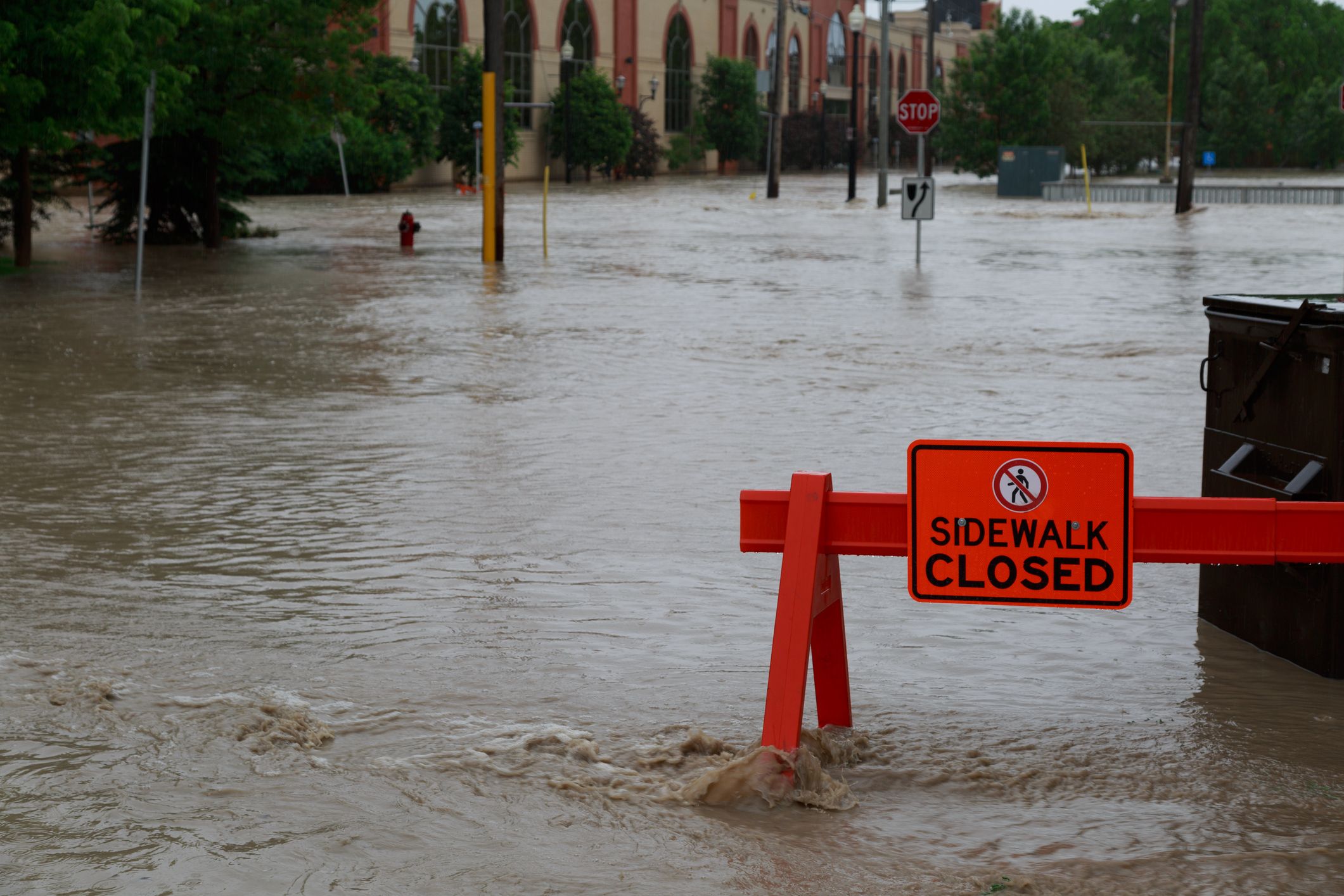The Ontario government has been working with federal and municipal governments, First Nations partners, and non-governmental organizations to prepare for potential spring flooding.
“During these unprecedented times, our government is prepared for any scenario, and that includes the spring flooding season,” said Premier Doug Ford. “By working together with our federal, municipal, and First Nations partners and putting our provincial flooding strategy into action, we have taken the critical steps needed to help keep people and communities safe.”
As part of Ontario’s flood preparedness planning, the province has been working its partners to develop evacuation plans that can be activated in the event of spring flooding. Recognizing the impact of COVID-19 on municipalities this year, the Ontario government is identifying suitable locations to host evacuees and to minimize the reliance on municipal resources for various supports, including health care and social services.
“Our staff are closely monitoring ongoing flooding risks across the province and working with partners and communities on any areas of concern,” said John Yakabuski, minister of natural resources and forestry. “We are ready to respond to any requests for sandbags during this very challenging time. We also continue to work with our partners to advance the important long-term initiatives outlined in Ontario’s Flooding Strategy, which will help us become more resilient to flooding events in the years to come.”
Ontario has also been engaging with the federal government to support First Nations communities staying on their lands as long as it is safe to do so, including where First Nations community members would be temporarily relocated to higher and safer grounds within their own communities. Relocating community members from reserve to traditional hunt camps or other remote sites also addresses concerns around the potential spread of COVID-19 to these vulnerable communities.
“Our government will continue to work with First Nations leadership and the federal government to ensure the safety of remote Indigenous community members during the flood season,” said Greg Rickford, minister of Indigenous affairs. “If or when an evacuation occurs, it will be conducted in the safest way possible, providing additional support to evacuees and northern host communities. Indigenous leaders across the province have taken critical steps to protect their communities from the spread of COVID-19 and we will continue to support those efforts throughout the flooding season.”
Current provincial projections show a moderate-to-high risk of flooding for northern Ontario and the James and Hudson Bay coasts, where staff are closely monitoring all major tributaries in anticipation of ice breakup, expected to begin in early May. As of April 30, 2020, surveillance flights have begun across the Far North to monitor these ice breakups, with operations based out of the Ministry of Natural Resources and Forestry’s Moosonee Field Office.
“Thanks to the extraordinary efforts of our emergency management personnel and partners, we will be able to safely evacuate Northern communities and provide for their needs until they can safely return home,” said Solicitor General Sylvia Jones. “We continue to monitor flood risks and we are assessing all necessary actions to maintain the safety and wellbeing of communities. We will be ready to proceed with evacuations should the need arise.”
There is also a risk of shoreline flooding from snow melt in southern Ontario along the Great Lakes. The province’s Surface Water Monitoring Centre in Peterborough continues to monitor water levels in other areas at risk throughout the province, including communities in the Ottawa Valley and along the Great Lakes.









